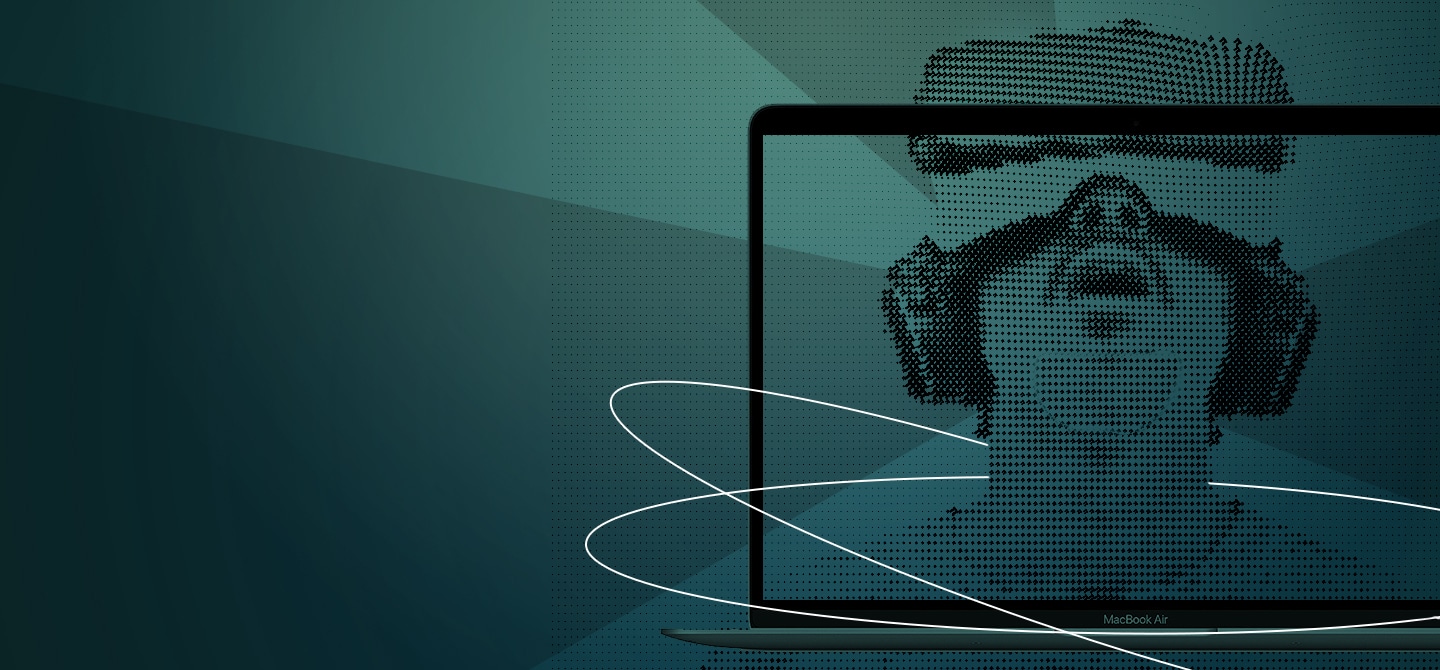Everyone is talking about it, but which metaverse are we really referring to?
To some extent, we already live in a metaverse. Players of League of Legends or World of Warcraft will tell you they have been travelling through virtual worlds for a long time – meeting, trading, and having great adventures. Our corporate networks can also be seen as metaverses. We share content, and have meetings on Teams, on Zoom; all in spaces that don’t physically exist. The same goes for our social networks.
What is the next step? And how far will this go? With the rebranding of Facebook as Meta, many see the metaverse as Mark Zuckerberg does: a virtual space that we will enter through virtual reality headsets and controllers, such as Oculus. It is possible, and will very probably become a reality for certain purposes, for which this metaverse will make a real difference.
We may think of training specialists in environments that are difficult to access (offshore platforms, nuclear power stations, etc.), or visiting museums from a distance where the handling of works of art and scientific objects would be captivating. But it seems unlikely that the billions of users of social networks or smartphones will convert to a hypothetical global metaverse. There are too many obstacles: production, cost, and comfort of headsets; interoperability of platforms; and added value compared to mobile internet, to which we are already accustomed.
Other metaverses are possible on the devices we already have via the third person, as in Manzalab’s Teemew solution – a corporate metaverse specialising in the world of business and training. Or even in two dimensions, such as with the GatherTown platform. It allows virtual events to be animated on a 2D map that can be configured and is inspired by pixel-art video games, with webcams that pop up as soon as two participants pass close by. Many of the functionalities we need to interact remotely are already accessible on these smaller platforms.

This is the challenge today: to find uses and purposes for which virtual reality will offer something extra that will make it worthwhile investing in it. Pandemic lockdowns have provided us with plenty of them, but haven’t we already felt their limits and the need to see people in real life? And isn’t it vitally important to ask ourselves what the ecological and social costs of our metaverse are?
Beyond that? Is the Oasis of the Ready Player One book and film, a virtual world of refuge on a planet concerned about climate change, within our reach? In addition to seeing and hearing through headsets, this type of metaverse requires that it speaks to our other senses, in particular with touch. While haptic (a physical or mechanical tactile-kinaesthetic system) and force feedback technologies exist, there do not seem to be any plans for them to enter markets in the near future. Moreover, motion will remain a major technical hurdle, often overlooked: how to feel motion without moving or getting motion sickness.
And since we have just opened the doors to science fiction, let’s mention the ultimate metaverse, the Matrix of which we would not even be aware… Some people think that we are already there. The acceleration of computer power would mean that in the distant future many simulations of our descendants’ past could exist. From then on, as Nick Bostrom has suggested, the probability of living in the ‘original’ past would become ridiculous and we would logically already be living in a metaverse.
The French and the metaverse
Although the metaverse market is expected to be worth $800bn by 2024 according to Bloomberg, France’s vision of the opportunities and uses of this virtual future remains unclear.
A survey carried out on a sample of 1,022 people by Ifop1 this year shows that only 35% of respondents say they understand what the metaverse is about, and only 14% say they understand “precisely”. The gap between generations is significant. Younger people are more aware of metaverse, with 42% of 18–24-year-olds having heard of this innovation, compared to 28% of those aged 65 and over.
There is also significant social disparity. 59% of higher education graduates are aware of the metaverse, compared to only 27% of people without qualifications. A double generational and social divide can be seen in the representations shared with this innovation. The people questioned do not perceive the diversity of possible outlets for this future of the Internet and most often reduce it to the entertainment aspect. Moreover, 21% consider these new functions to be useless.
Lastly, the metaverse is feared by a clear majority of French people (75%), even among the population categories most at the forefront of the subject: 49% of 18–24-year-olds year are wary.







